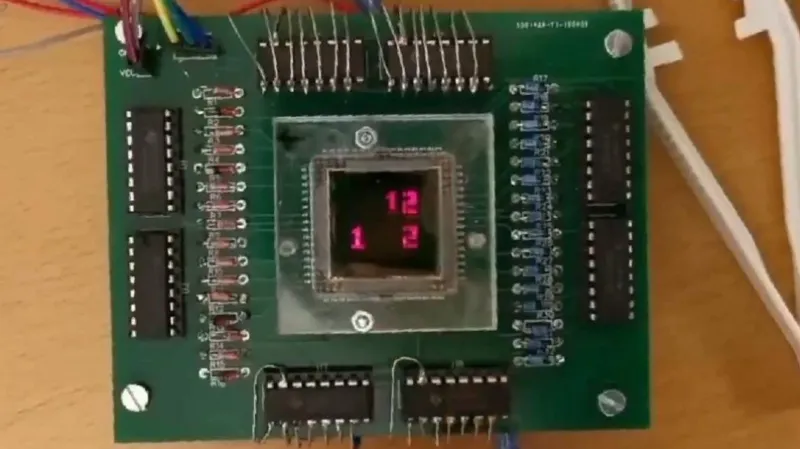Perovskite light emitting diode (PeLED) technology was used to create the screen. This technology is very different from the LED display seen in smartphones today, and it may result in devices that are more affordable, slimmer, and have longer battery lives.
Furthermore, according to Feng Gao of Linköping University in Sweden, PeLEDs are quite unique in that they can both emit and absorb light. This means that you can incorporate touch, fingerprint, and ambient light-sensing capabilities with the same material.
“We think it’s possible, but it’s difficult.”
These features are controlled by electrical parts found in modern smartphones, which are isolated from the screen.
Prof. Gao and associates presented their functional prototype with touch and ambient light sensitivity in a paper that was published in April.
According to Daniele Braga, head of sales and marketing at Fluxim, a Swiss technological research company, “it’s a very nice demonstration. It’s very new.” Though he points out that it might be challenging to swiftly commercialize this type of display if all the functions promised here are optimized,.







